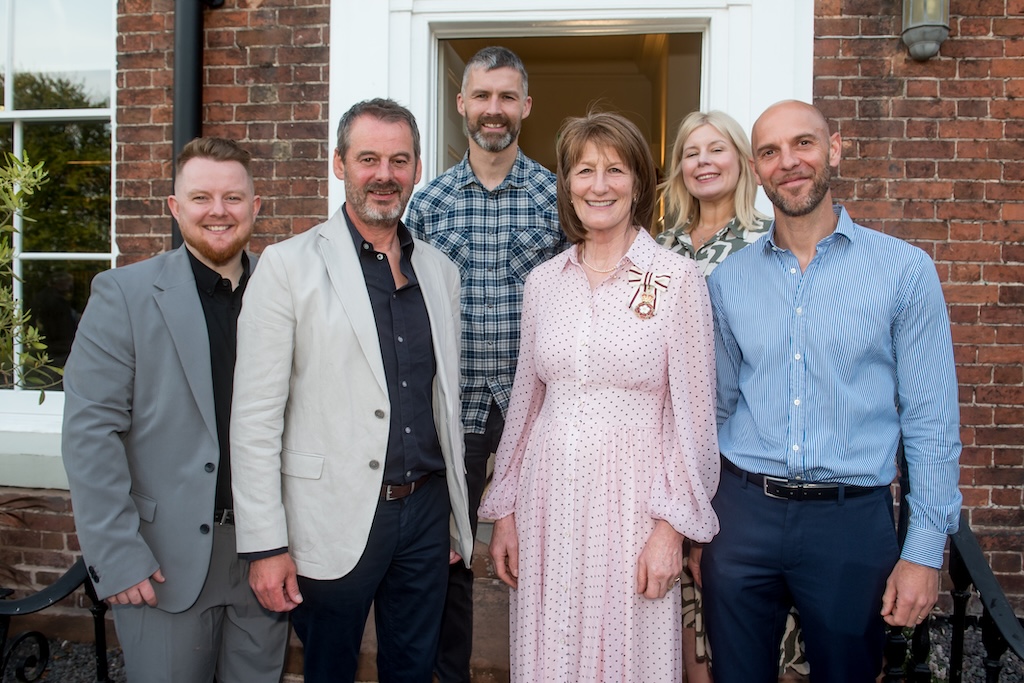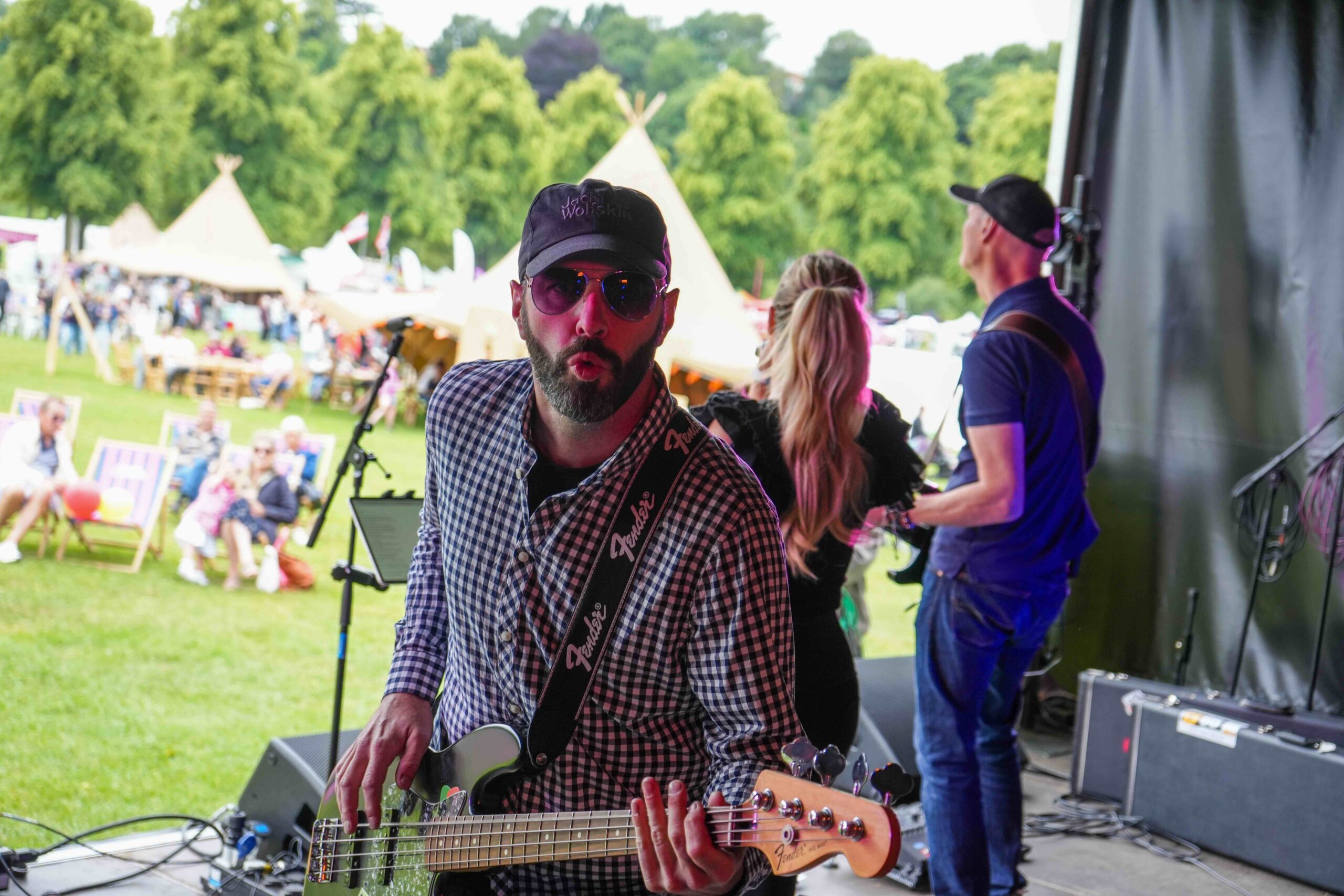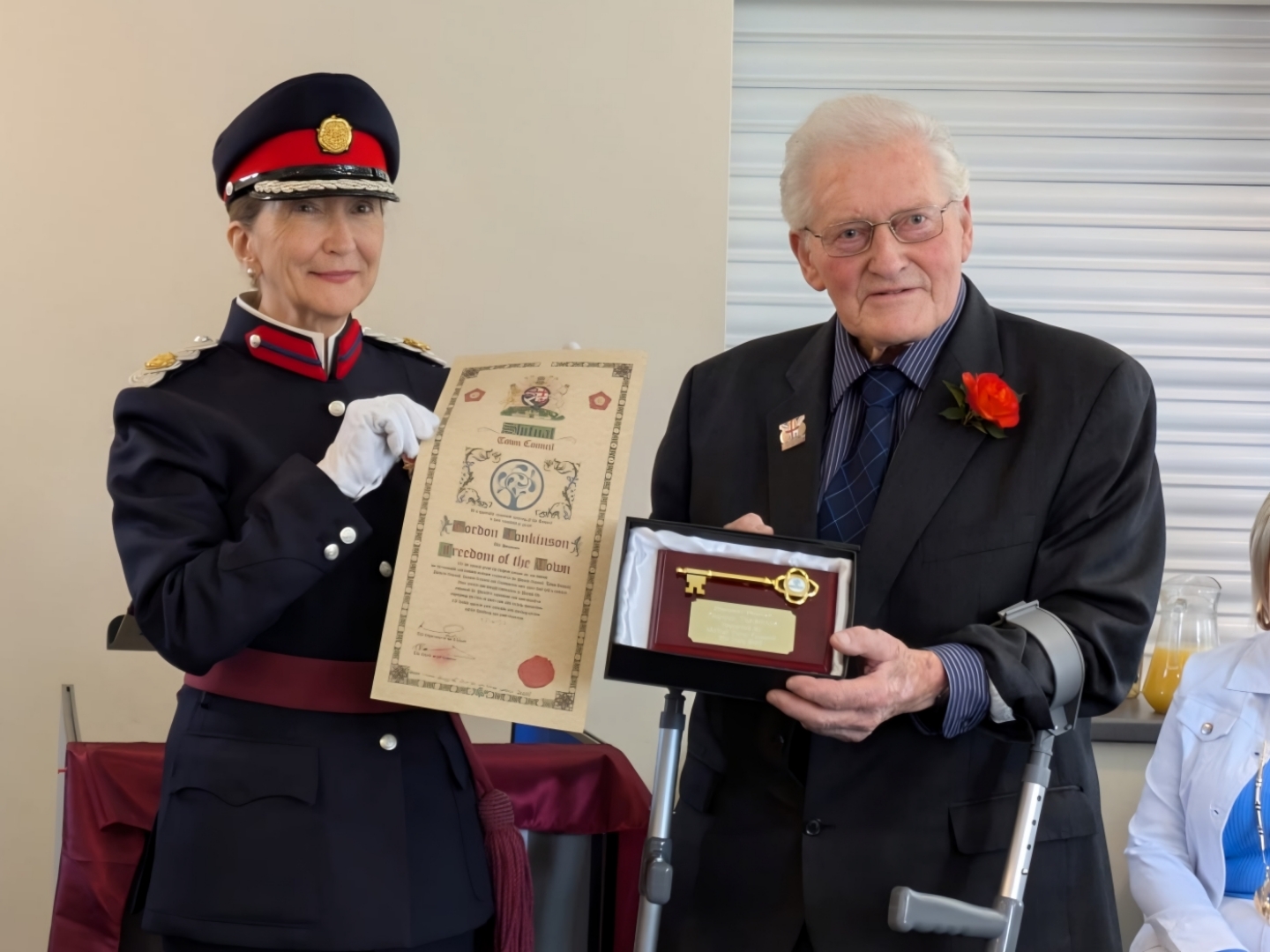I am on the border between Shropshire and Worcestershire in the beautiful Forest of Wyre. The spring sunlight brings warmth. With that warmth, life returns to the countryside. The Wyre Forest is one of the largest continuous blocks of semi-natural ancient woodland in the UK, and covers some 2,400 hectares. This vast woodland is a fantastic place to search for butterflies.
Some British butterflies hibernate over the winter months as adults. They are normally the first species to emerge in spring. Species include the Peacock and the small Tortoiseshell. Another early-flying species is the Brimstone. This bright yellow insect is the original ‘butter-coloured fly’. All 3 species can be seen in gardens on bright spring days.
Other species are more specific in their habitat requirements. The Fritillaries are characterised by a chequerboard pattern on the wings. The earliest to emerge is the Pearl-Bordered Fritillary (so called because of a row of white ‘pearls’ around the edge of the wing). This butterfly overwinters as an egg and hatches in March as a caterpillar. The caterpillars feed voraciously for around 3 weeks on violet leaves, and then pupate amongst the leaf litter.
Through the wonder of metamorphosis, the adult butterflies emerge in late April and can be seen flying along forest rides and sunny glades. They have shown huge population declines and now Wyre Forest is one of the best places in the UK to see them. To find out the reason for such drastic declines in the population of this butterfly, one needs to look at the way that woodlands are managed.
In the 1800s the Wyre Forest would have been a busy place. Local men would have coppiced trees and loaded the timber into earth-topped kilns. A fire would have been lit and the sweet smell of wood smoke would have drifted over the forest. The result was charcoal, a vital fuel for many local industries. Bark was also peeled from oak trees to be used in local tanneries. In other words there was a value to the timber. This meant that the forest was worked. Coups of trees were felled on rotation creating sunny clearings. The trees were then allowed to re-grow whilst another plot was harvested. Fritillaries were known as Woodcutters’ Butterflies as they followed the men around the forest, in a quest for sunlight and the resulting wildflowers.
After World War 2 charcoal production ceased in the Wyre Forest. New fuels became more popular and the coppice industry started to decline. Through the ‘50s and ‘60s the Forestry Commission planted huge amounts of fast-growing conifers. These evergreen trees create shady woodlands. They are planted in even-aged plots and when they reach maturity they are clear-felled. This is a very different sort of management to the small scale coppice work that created such wonderful conditions for Fritillaries. With such a huge change in woodland management, it is little wonder that these amazing butterflies disappeared from the forest.
Thankfully the Forestry Commission of today is a much more forward-thinking and rounded organisation. They are slowly converting the Wyre Forest back to broadleaf woodland, by removing the conifers. One of their key aims is nature conservation. A good example is the current lottery-funded ‘Back to Orange’ project that specifically aims to increase the population of Fitillaries in the forest.
The recent show of public opposition towards selling off the state forest shows how much we all value our woodlands. At one time the Wyre Forest would have stretched all the way along the Severn Valley, from Worcester to Bridgnorth. Place names that end in ‘leah’ mean ‘clearing in the woods’. Places like Alveley and Highley would have started out as farmland amongst the trees. As the settlements have grown, the Forest of Wyre has retreated. But it is still there…remnants are all around us. This is our forest. It is part of our heritage.
I urge you to spend a few hours in this fantastic place this spring and experience the tremendous sight of a Pearl-Bordered Fritillary delicately flying along the edge of a woodland ride. Landing on a Bugle flower, he carefully unrolls his long proboscis and drinks the sweet nectar. The sunlight picks out every colour in his scale-covered wings.
Do one thing for wildlife this month:
To see some butterflies closer to home, why not dedicate a part of your garden as a butterfly border?
Adult butterflies need nectar. Try and prolong the butterfly season by planting a range of plants that flower at different times in the year. That way there is always something for the butterflies to feed on. Buddleia is a well known nectar plant. Other types include Candytuft, Iceplant, Wall flower and Field Scabious.
If you want butterflies to breed in your garden you will also need to grow some foodplant for the caterpillars. A good starting point is to leave an area of the garden where the lowly stinging nettle can grow. This attracts Peacock, Small Tortoiseshell and Comma.
If you are successful in attracting some butterflies to your garden, you may want to record the species and numbers and let Butterfly Conservation know. This will then contribute to national monitoring of trends in butterfly numbers and distribution. More details can be found at www.butterfly-conservation.org.





